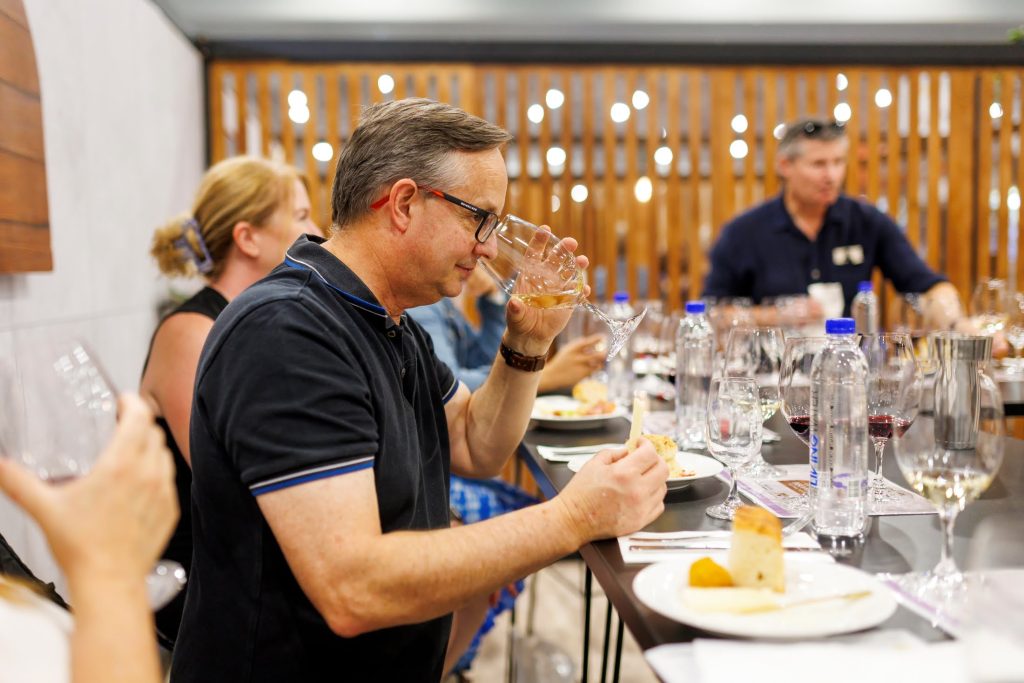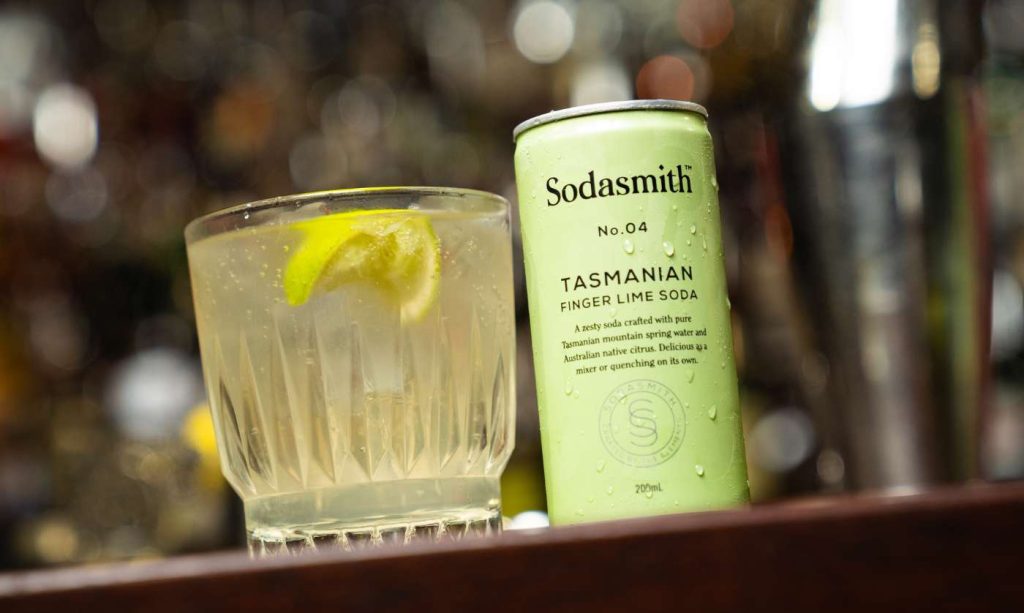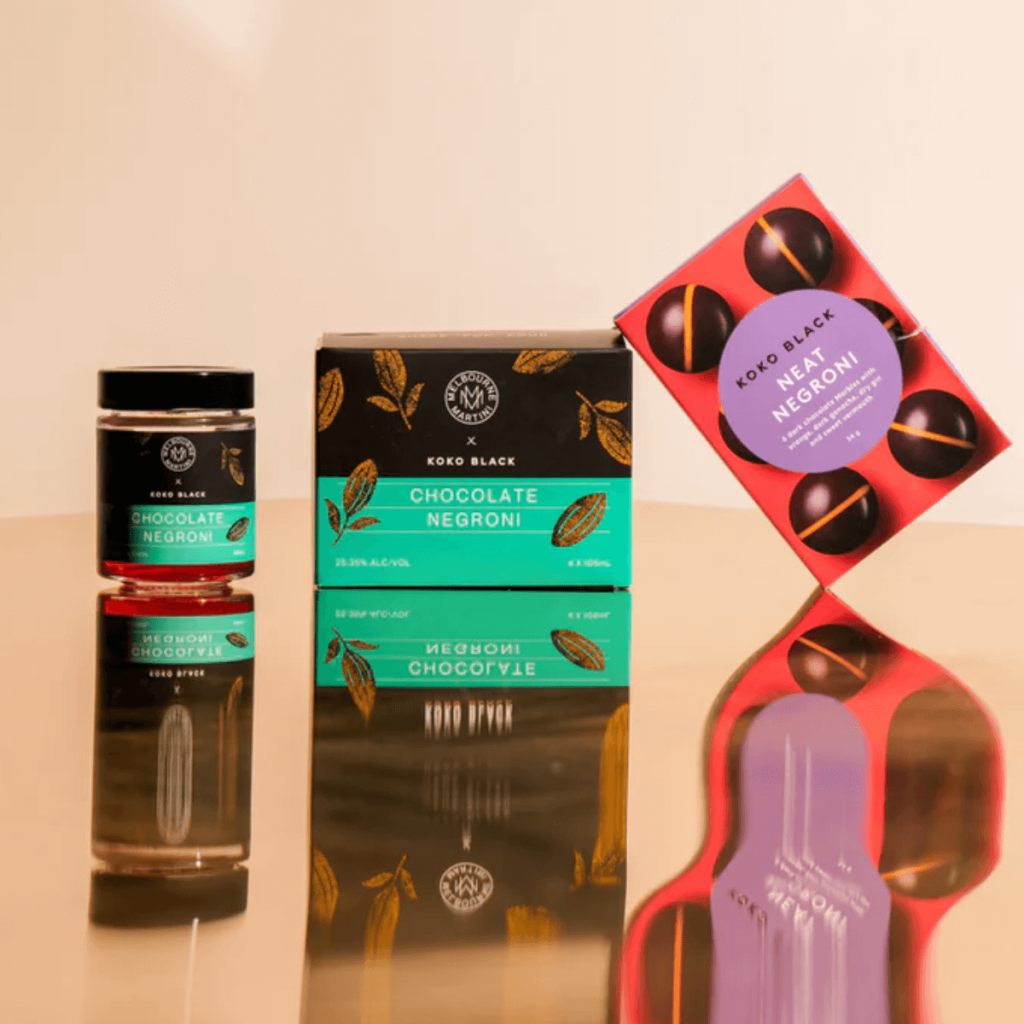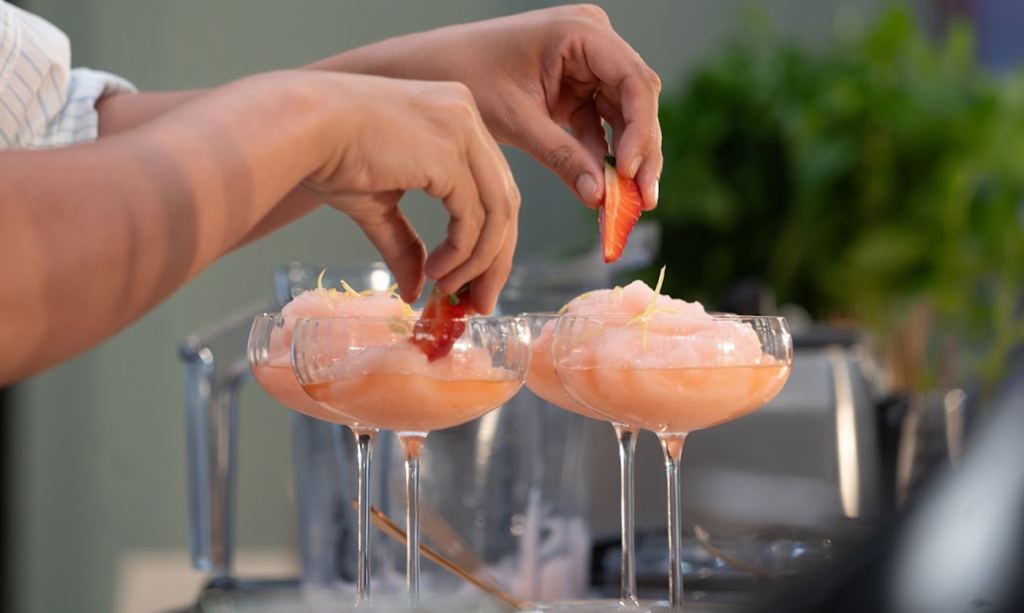A Crash Course in Wine Appreciation
Published 23 Feb, 2015Every group of friends has a wine enthusiast that loves to baffle us with their complicated wine terminology. ‘Tannin’, ‘body’, ‘legs’; what do they mean?
We’ve put together a crash course in wine appreciation to equip you with the lingo so you can hold your own at your next BBQ.
To begin, let’s talk about the look, smell and taste of wine.
Look
The colour and viscosity of a wine can actually give you a hint to the age, grape variety, alcohol and sugar content, and even the climate where the grapes were grown! Take a brief moment to hold up your glass and enjoy guessing what it might taste like. Does the colour tend toward yellow or brown? It might be an older wine. Does it have blue tinge to the rim? It may be higher in acidity.
Another clue is the ‘wine legs’ or ‘wine tears’. Oddly enough, these terms do not refer to the effect of a few glasses, but rather the droplets of wine that form on the inside of a wine glass. There’s a lot of science behind it, but all we really need to know is that if there are a lot of droplets then the wine is likely higher in alcohol; if the droplets move more slowly down the side the glass then it is likely a sweeter wine.
Smell
You will often see wine enthusiasts swirling their glass before taking a sniff. Apart from making you look classy, this also helps to increase the aroma released into the air. To help move past the ‘wine’ smell, try alternating between short sniffs and slow long sniffs.
There are three types of wine aroma to look for:
- Primary aromas come from the grape variety or blend and often include fruit, herb, and flower notes.
- Secondary aromas come from the winemaking process of fermentation and can have quite yeasty notes like sourdough bread.
- Tertiary aromas come from oxidation, ageing in oak and ageing in bottle over time, which can result in scents such as nuts and vanilla.
Taste
There are two main elements that we look for when tasting wine; flavour and structure. Flavour simply refers to the flavours you can detect in the wine, such as lemon, vanilla, cherry or leather. Structure refers to the basic characteristics of wine including sweetness, acidity, tannin, alcohol and body.
Sweetness
You can sense sweetness on the front of your tongue in the first moment of tasting. On a scale of sweetness, wines described as ‘dry’ are less sweet, ‘off-dry’ are semi-sweet, and sweet wines are simply ‘sweet’.
Acidity
Acidity in wine is tart and persists in the mouth after you swallow. Wines with a higher acidity tend to be more tart and are often described as ‘crisp’, while wines with a low acidity taste smoother, sweeter, and tend to have a fuller feeling in your mouth. Low acidic wines can be described as ‘soft’.
Tannin
A characteristic generally associated with red wine that comes from the skin and seeds of grapes, as well as oak ageing. Tannin adds a textural component as well as bitterness and astringency. You can describe wines according to tannin as astringent, firm or soft. Wines high in tannin can give you that dry mouth feeling.
Alcohol
Sweet grapes, which generally come from warmer climates, result in higher levels of alcohol. The level of alcohol can add body, spiciness and texture to the wine.
Body
Body is all about how a wine feels in your mouth and the overall impression it makes as a result of the above characteristics. A light bodied wine sits in your mouth like a refreshing iced tea and leaves a light tingling aftertaste. This is generally attributed to lower alcohol and tannin levels, and higher acidity. A medium bodied wine has higher tannin levels and generally refers to food wines. Finally, a fully bodied wine fills your palate with texture and intensity, coating your mouth and giving a heavy presence. Full-bodied wines are typically higher in tannin and alcohol.
Now that you have a good foundation of wine appreciation, you will be casually making comments about oaky vanilla aromas, wine tears, and semi-sweet finishes. But maybe more importantly, this new vocabulary will help you to further explore your own appreciation and understanding of what you like in a wine.
Images from thekitchn.com and De Zeen Magazine











